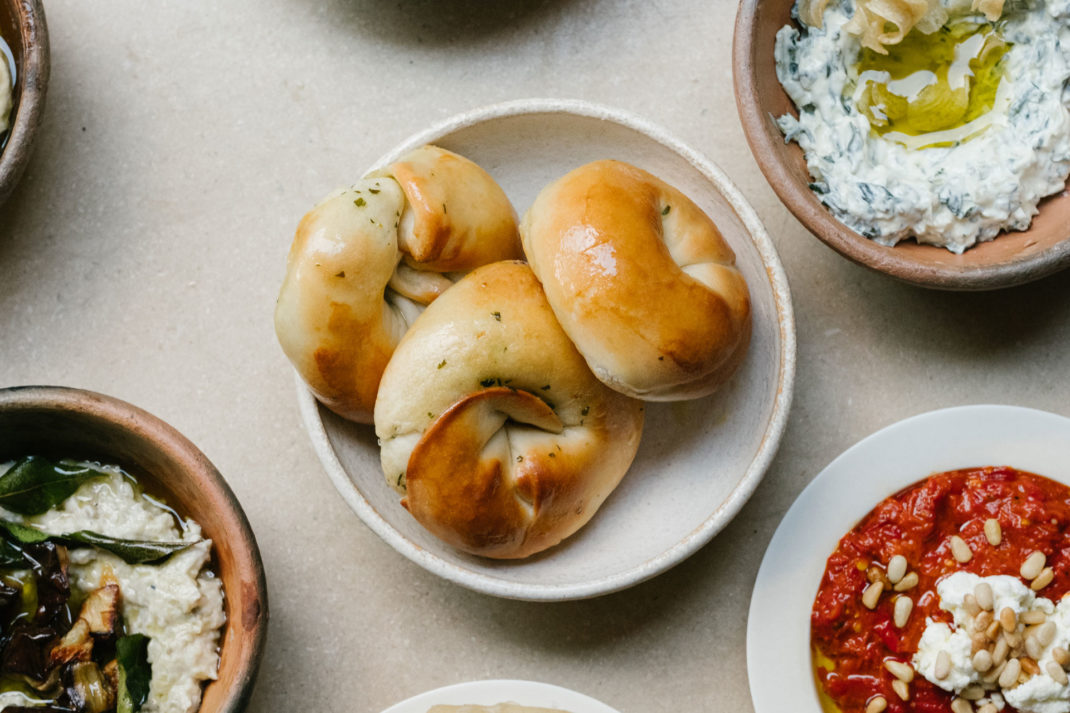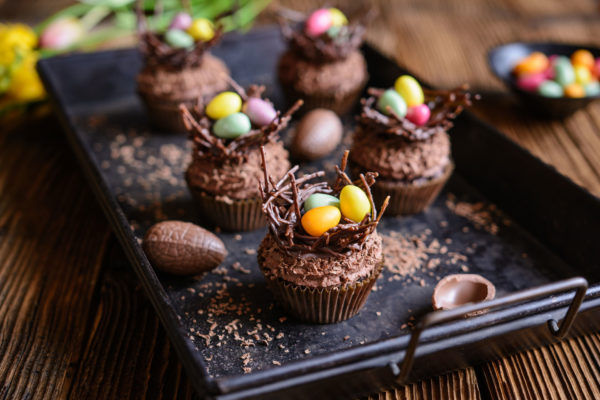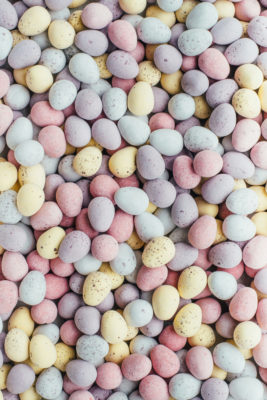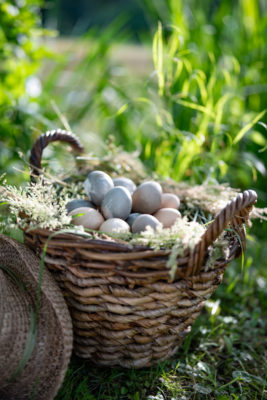How To Cook Your Easter Lamb
By
13 hours ago
Secrets from the chefs, plus a recipe

Along with chocolate eggs and hot cross buns, roast lamb is synonymous with Easter. But where does the tradition come from? And what’s the best way to cook lamb? We have some cooking tips for your Easter lamb roast, plus a recipe from Irish chef Richard Corrigan.
Easter Lamb: Significance & How To Cook
Why Is Lamb Eaten At Easter?
Lamb is traditionally eaten on Easter Sunday due to its religious significance. In Christianity, the lamb is a representation of Jesus sacrificing himself and dying on the cross: in the Bible, John the Baptist refers to Jesus as the ‘Lamb of God’. And, while a tad ironic, lambs are also recognised as a symbol of spring and new beginnings, tying in with the Easter theme of resurrection.
What’s The Best Way To Cook Lamb?
When it comes to Easter, a leg of lamb is usually roasted in the oven. It can also be slow-roasted for several hours to achieve tender, melt-in-the-mouth meat, or barbecued. But that’s not the only way to cook it: Sean Buridge, executive chef at The Ivy Collection, has shared a few tips below.
Choose your cut to suit you
‘Many people cooking a lamb roast will automatically go for a lamb leg as they are easily accessible and look fantastic on the table – however this cut won’t suit everyone, including the number of people they are cooking for and how long they are able to spend with it in the oven. Due to its size, lamb legs can also become dry easily and require a bit more care and attention while in the oven. Those cooking for smaller parties can choose a cut such as the rump or best end for a juicy, tender and boneless option. You can also buy more of these and roast them together to suit you.’
Cook from room temperature
‘Leaving the lamb in the fridge until you start cooking it is an easy mistake to make, especially for those short on time and leading busy lives – but it’s such an easy fix to making roast lamb even better! Letting it reach room temperature before booking reduces the huge contrast in temperature that the lamb experiences when in the oven and therefore helps it cook more evenly and be more tender.’
Invest in a meat thermometer for the perfect finish, every time
‘For a lamb roast that is perfectly pink, succulent and not one bit dry, we ideally want to reach an internal temperature of 55 degrees Celsius. While it is possible to make a delicious roast lamb without a thermometer, those wanting to get that perfect roast every time will find that a meat thermometer is your best friend, and a failsafe way of getting consistent results that are bound to impress your guests.’
Let it rest
‘There are few smells better than the smell of lamb coming from the kitchen, and it might be tempting to serve up immediately and dig right in. While it may take willpower – leave it alone, covered with foil and a tea towel for at least 20 minutes before serving. This will allow the meat to tenderise, meaning it will carve beautifully and be the perfect texture.’
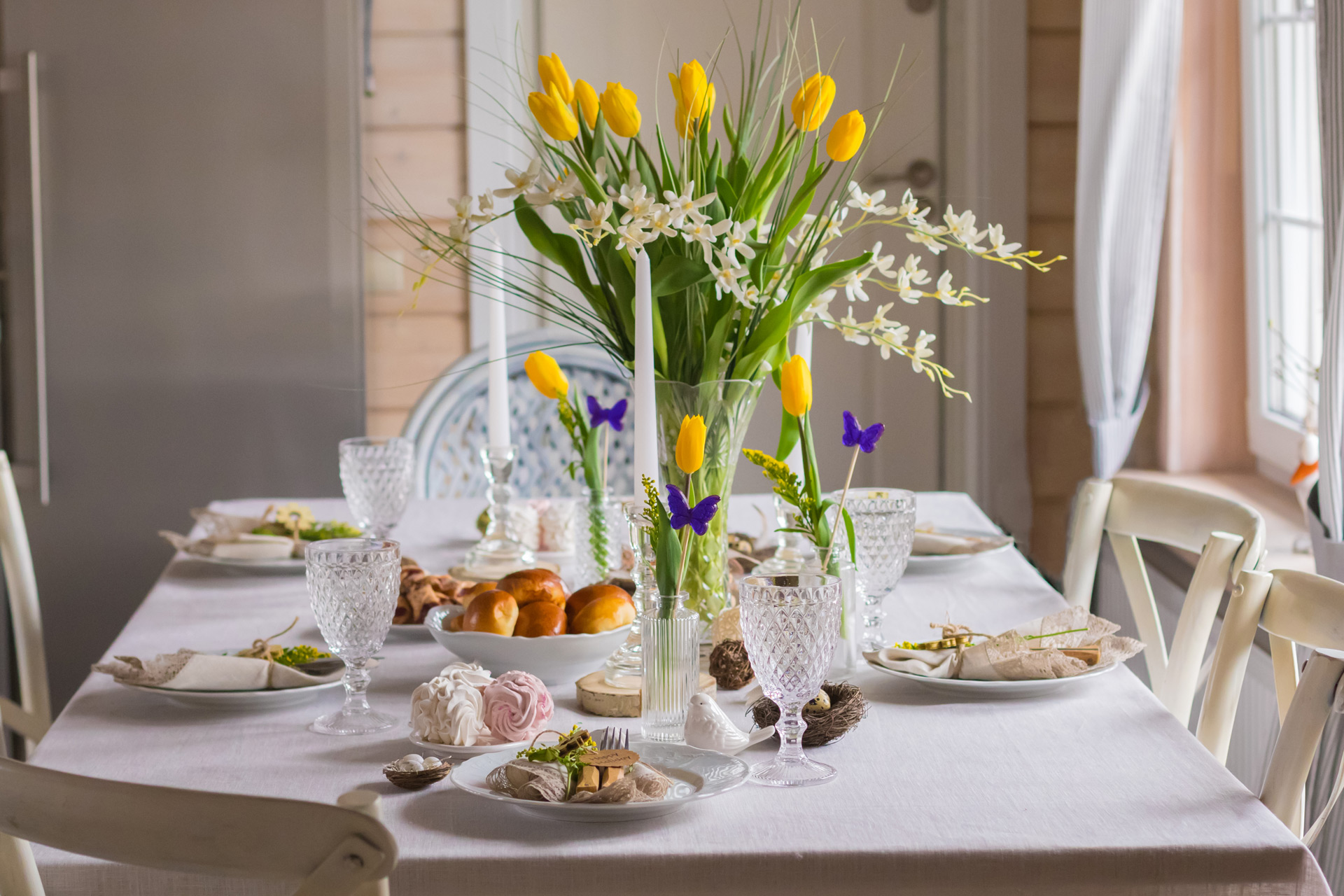
Getty Images
Recipe: Richard Corrigan’s Lamb with Rosemary and Lavender
Ingredients:
- 2kg/4½lb leg of lamb, on the bone
- 1 small bunch of English lavender
- 5 sprigs of rosemary
- 2 cloves garlic
- 1 small jar of honey
- 30g salt
Method:
- Preheat the oven to 200C/400F/Gas 6.
- Remove the lavender buds from the stalks and add to the honey
- Pull the rosemary leaves from the stalks and place in a blender. Add the salt and blitz.
- Rub the lamb all over with the salt and place in a roasting tray.
- Cover with foil and place in the oven for 20 minutes. After which remove the foil and leave to roast for a further 40 minutes (for medium).
- Pour over the lavender and honey, return to the oven for a further 10 minutes.
- Remove the lamb and leave it to rest for 10-15 minutes, with some foil on top to keep it warm.
- Serve with the pan juices and spring vegetables.


